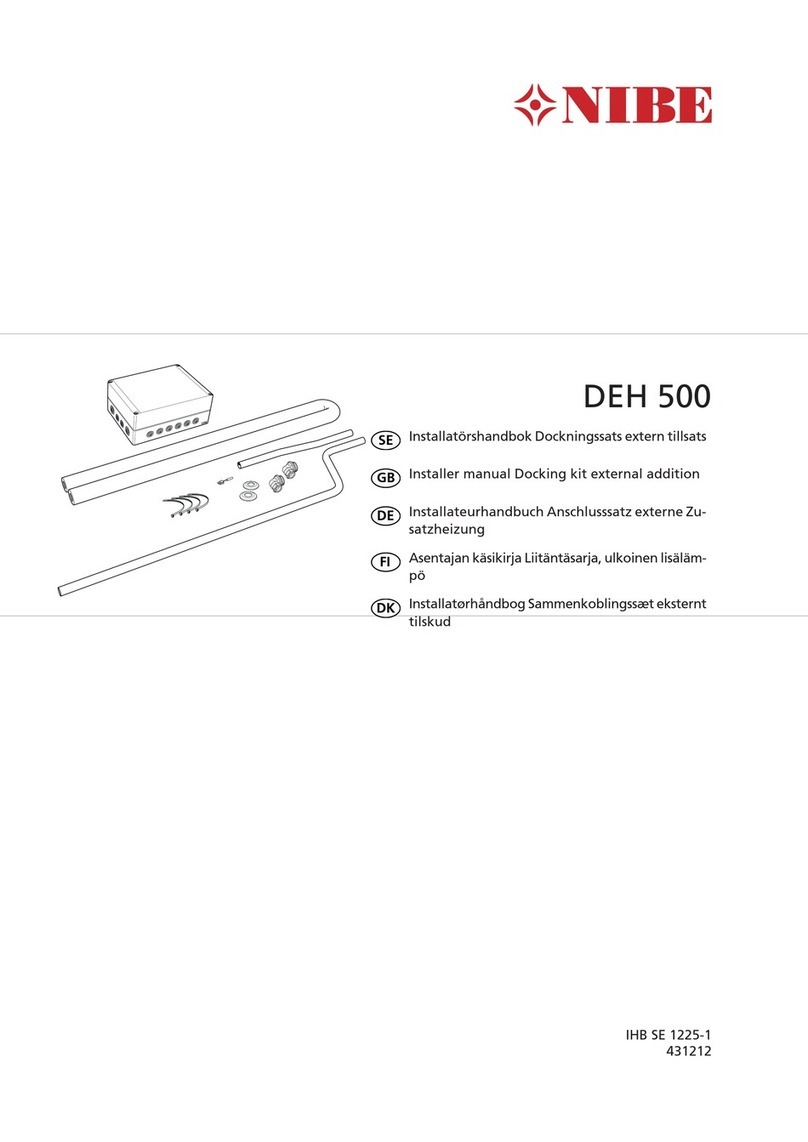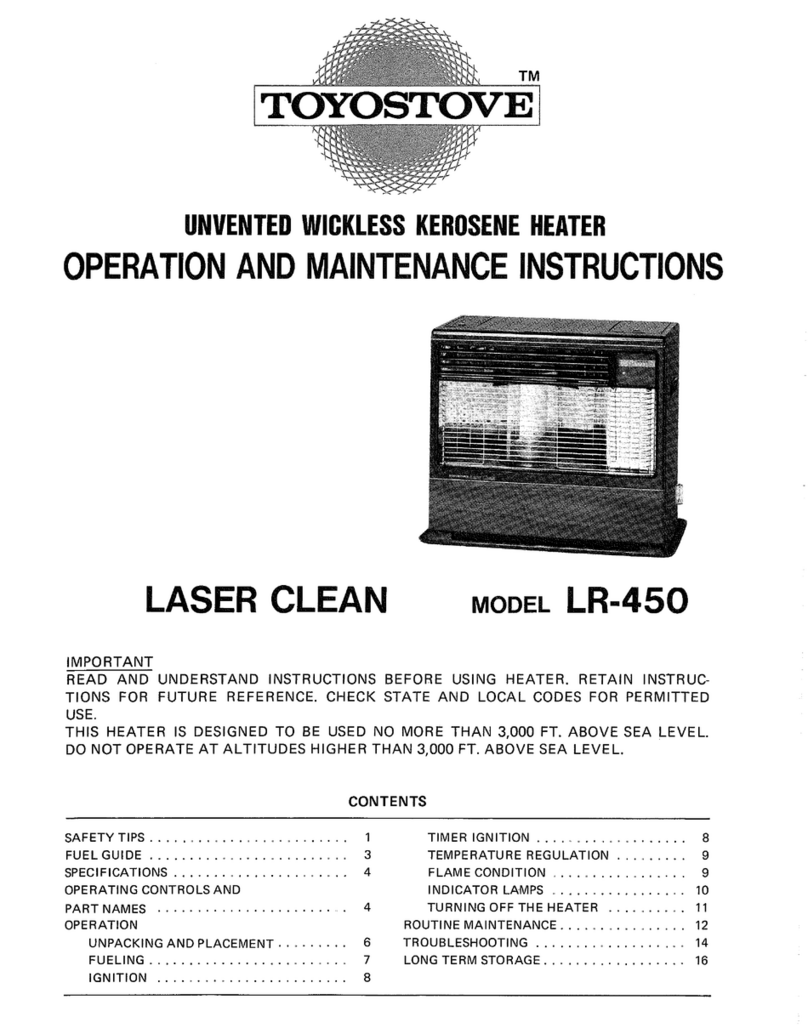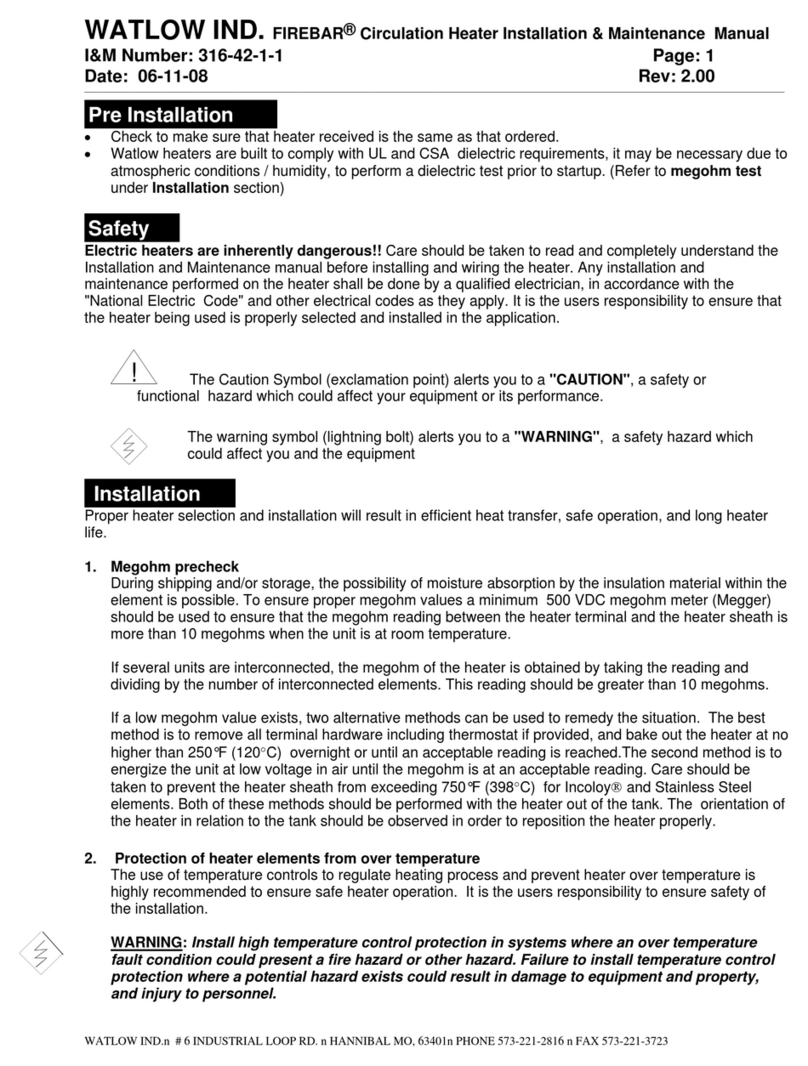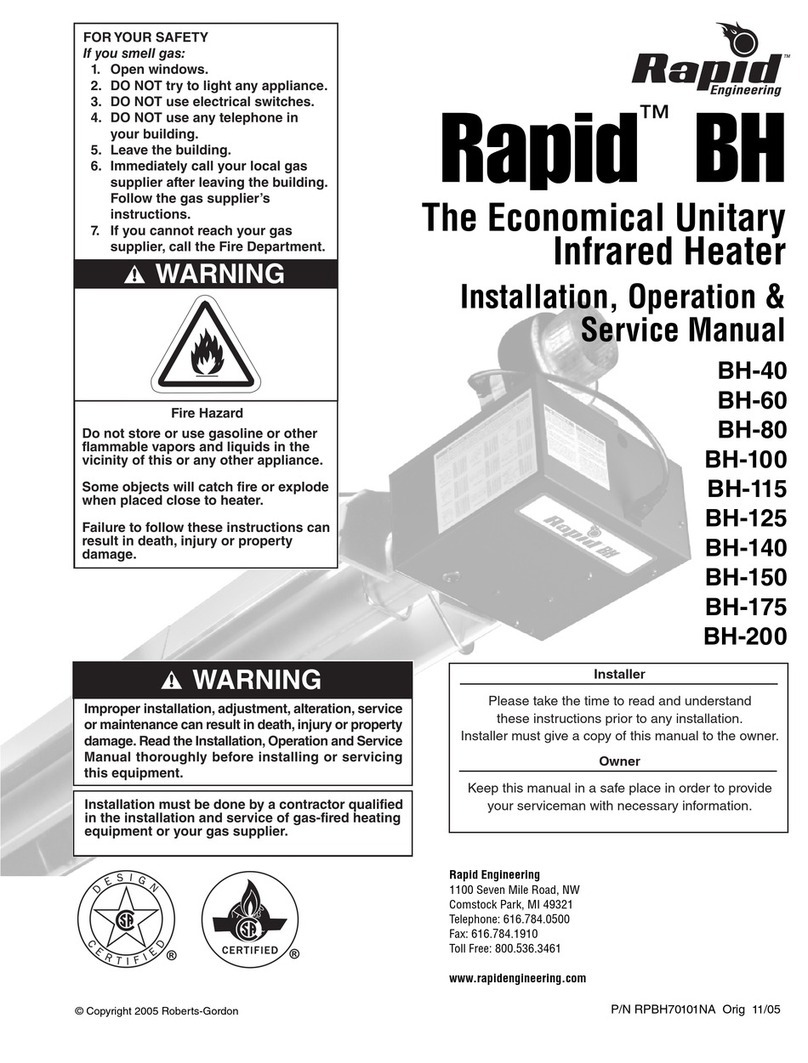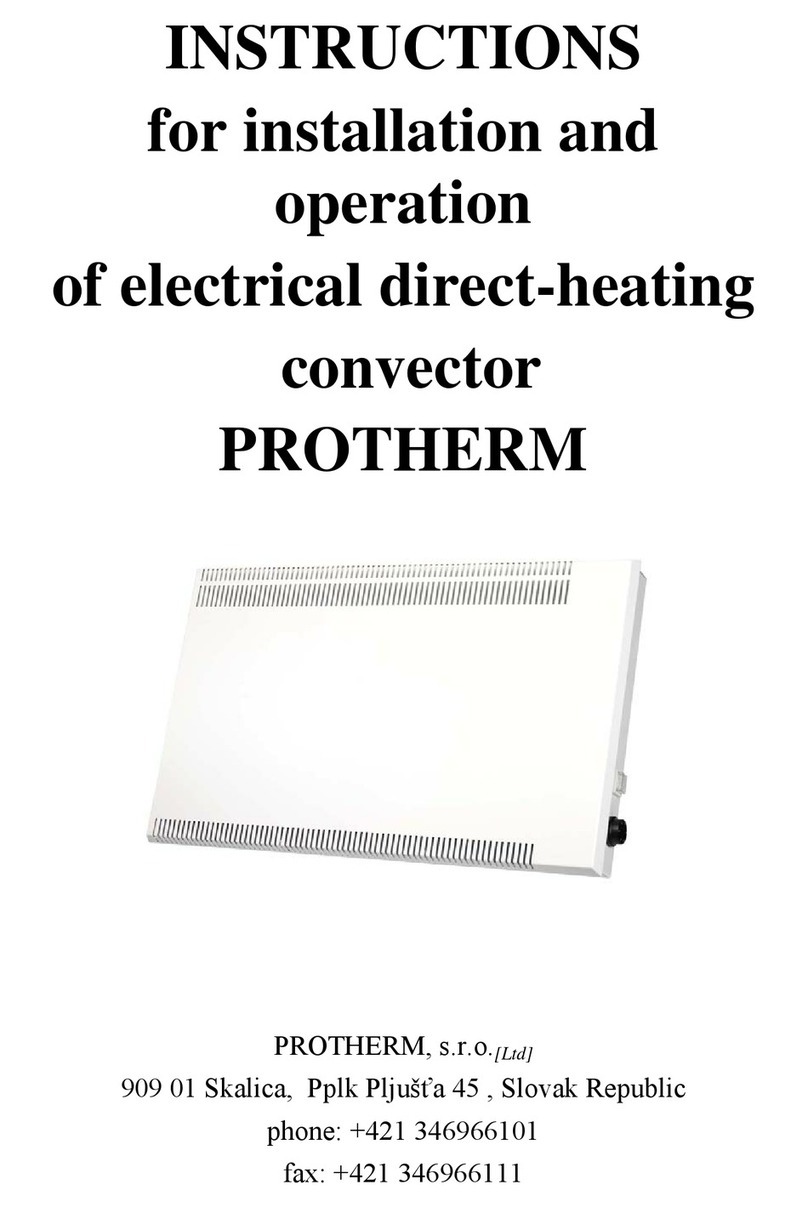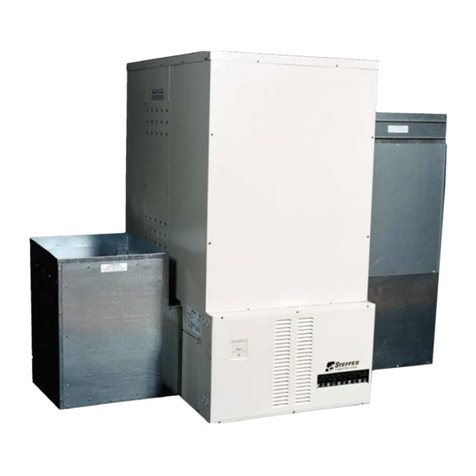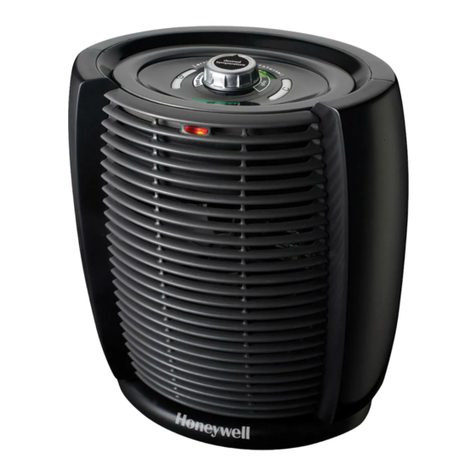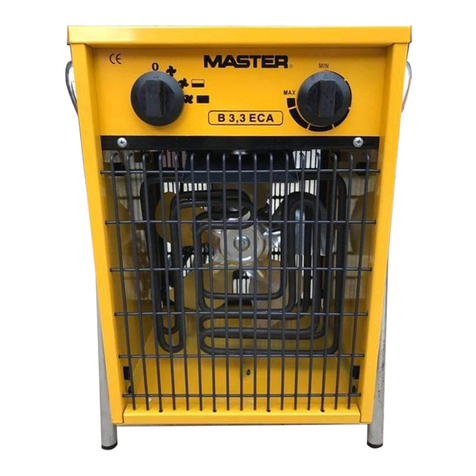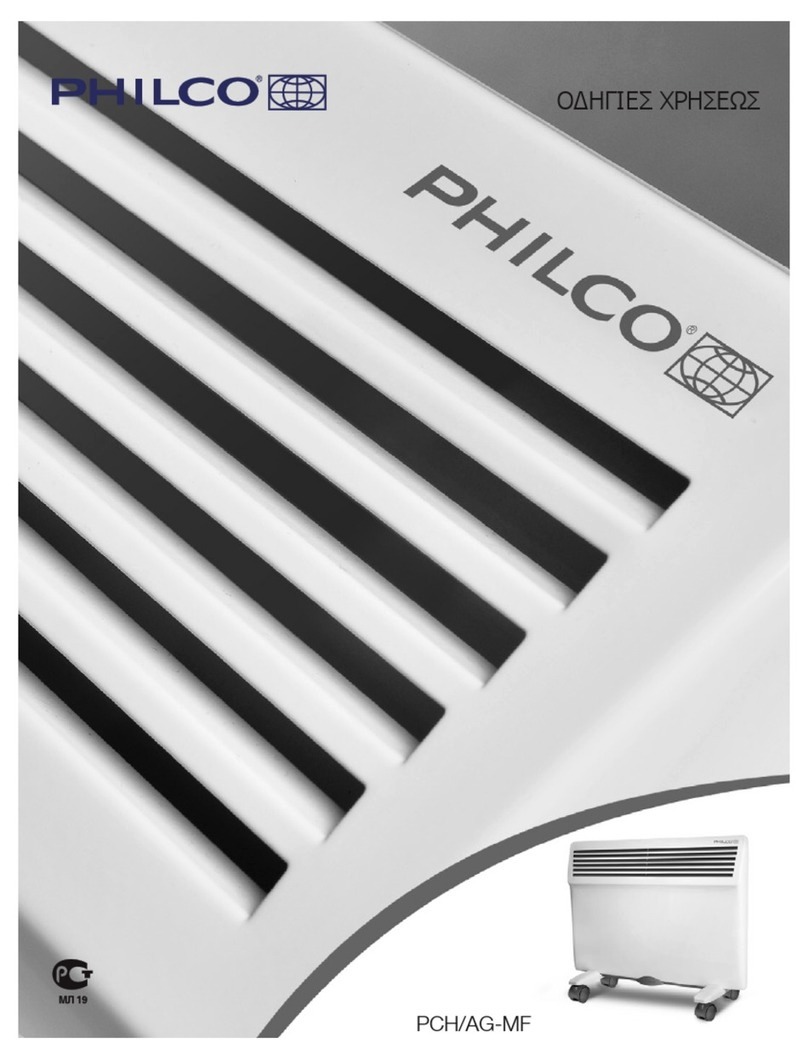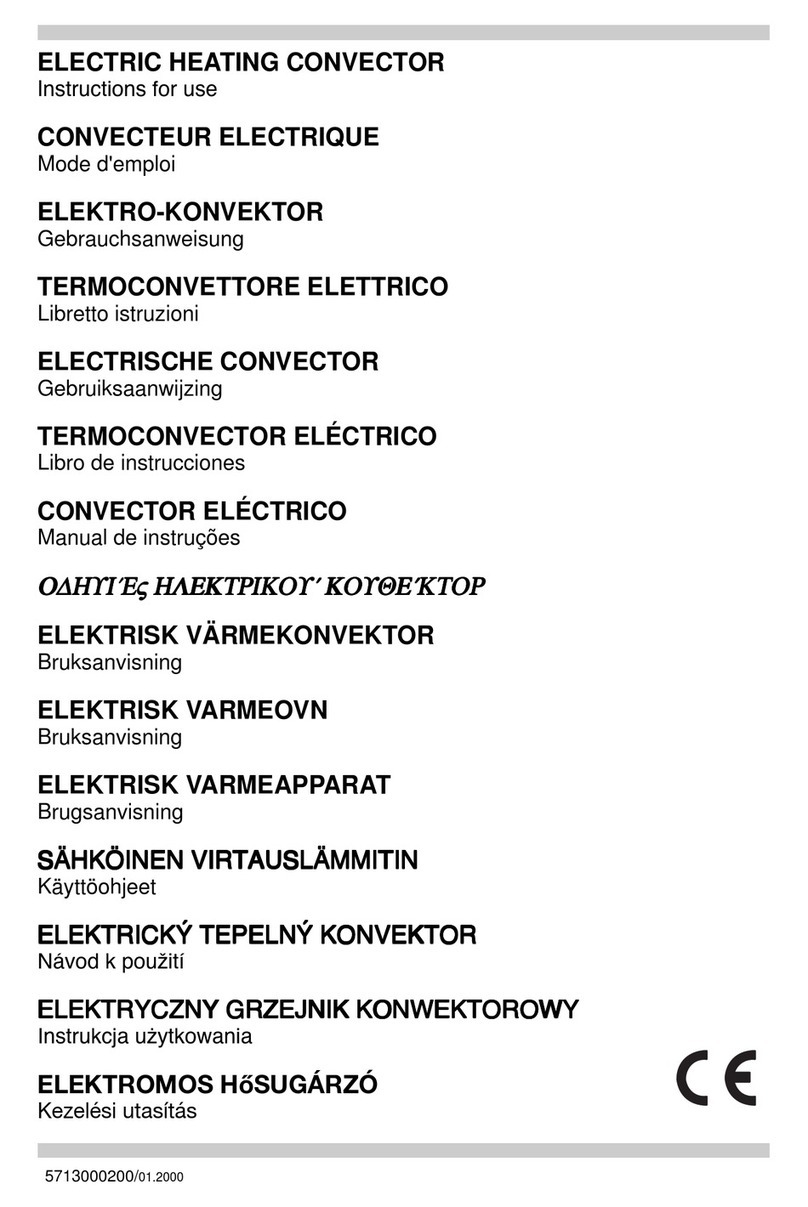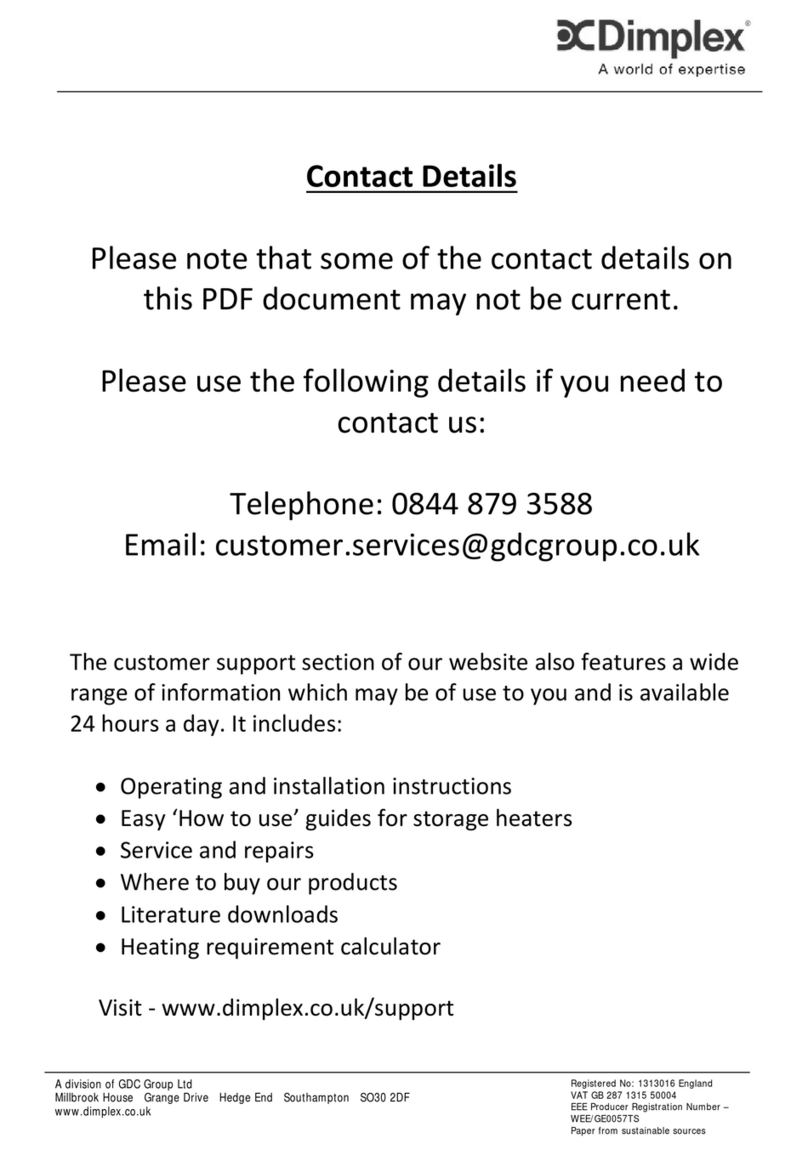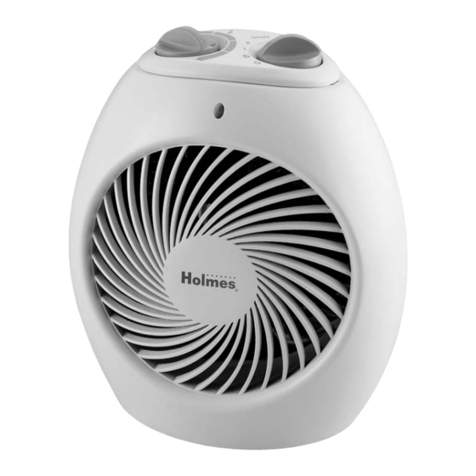
Warranty conditions
Note: The following guarantee conditions do not limit the legal right to a warranty, but rather expand your rights
as a consumer.
1. Technische Alternative RT GmbH provides a one year warranty from the date of purchase for all the
devices and parts which it sells. Defects must be reported immediately upon detection and within the
guarantee period. Technical support can supply the correct solution for almost every known problem. In
this respect, contacting us immediately will help to avoid unnecessary expense and effort in
troubleshooting.
2. The guarantee includes free repair (but not the cost of on-site fault finding, removal, refitting and
shipping) due to operational and material defects which impair operation. In the event that a repair is
not economical in the opinion of Technische Alternative for reasons of cost, the goods will be replaced.
3. Not included is damage resulting from the effects of a voltage surge or abnormal ambient conditions.
Likewise, no liability can be accepted if the device defect is due to: transport damage for which we are
not responsible, incorrect assembly and installation, incorrect use, failure to observe the operating and
installation instructions or incorrect maintenance.
4. The guarantee will become void if repairs or actions are carried out by people who are not authorised to
perform them or have not been so authorised by us or if our devices are operated with spare parts,
auxiliary parts or accessories that are not considered to be original parts.
5. The defective parts must be returned to our factory with a copy of the proof of purchase and a precise
fault description. Processing is accelerated if an RMA number is requested via our homepage
www.ta.co.at. The defect must be clarified with our technical support beforehand
6. Services provided under guarantee result neither in an extension of the guarantee period nor in a
commencement of a new guarantee period. The guarantee period for fitted parts ends with the
guarantee period of the whole device.
7. Further or other claims, especially those for compensation for damage other than to the device itself,
insofar as a liability is not legally required, are excluded.
Legal notice
These installation instructions are protected by copyright.
Use outside the copyright requires the consent of Technische Alternative RT GmbH. This applies in par-
ticular to reproductions, translations and electronic media.
Technische Alternative RT GmbH
A-3872 Amaliendorf, Langestraße 124
Tel.: +43 (0)2862 53635 Fax +43 (0)2862 53635 7
















